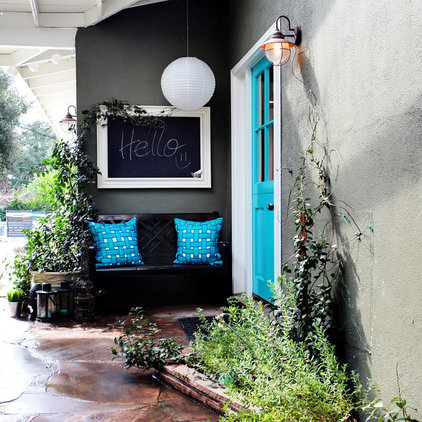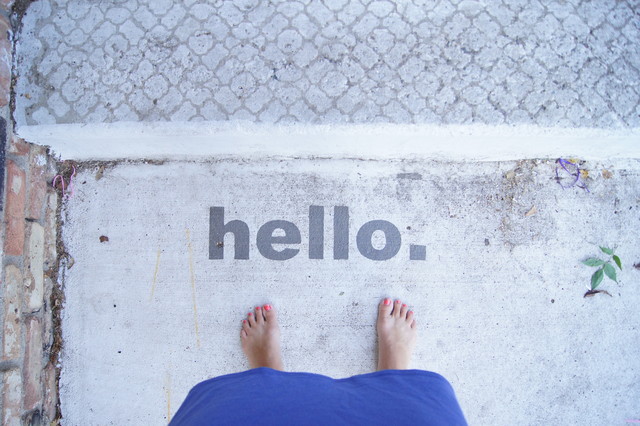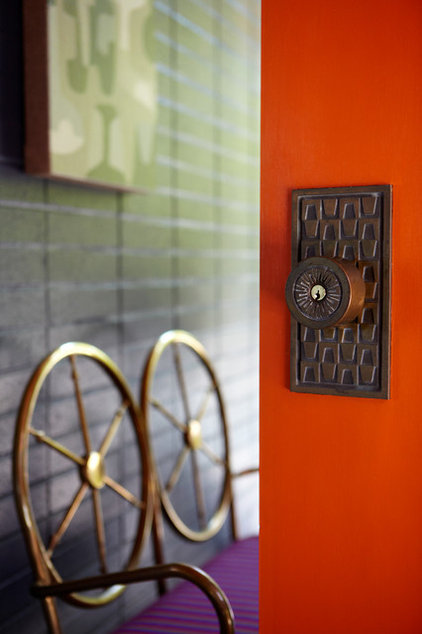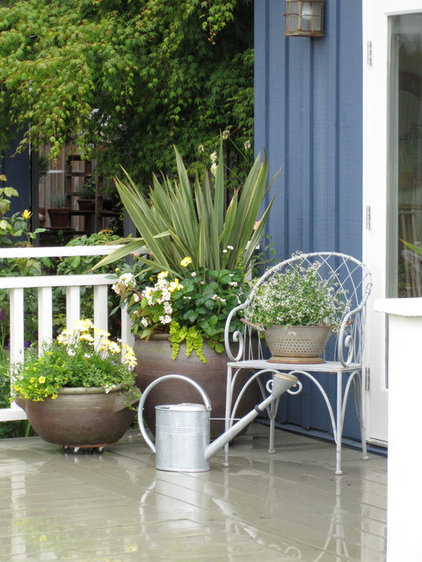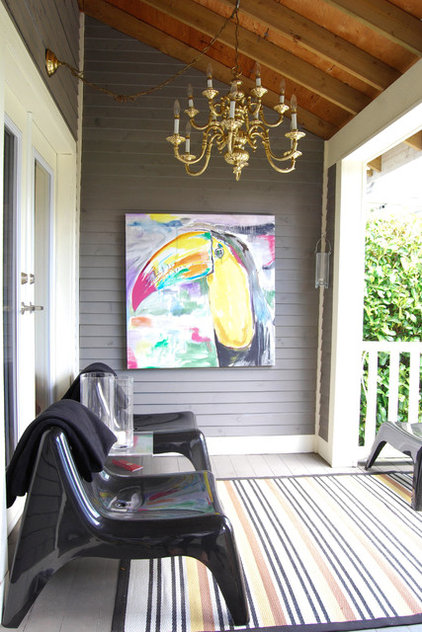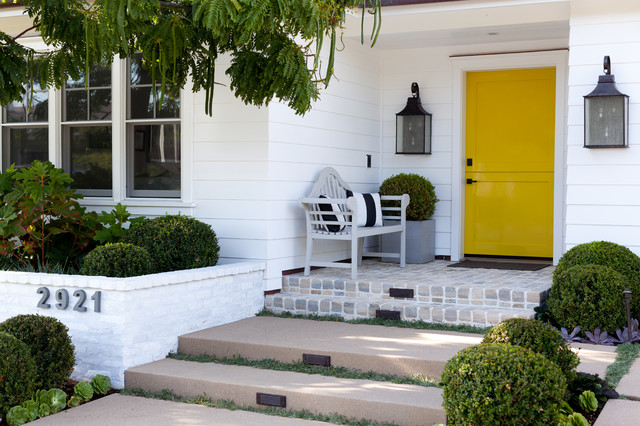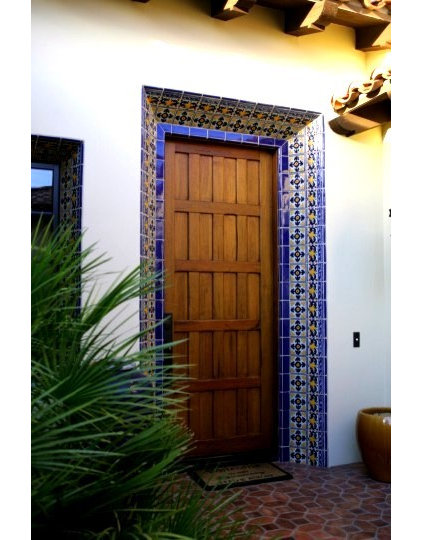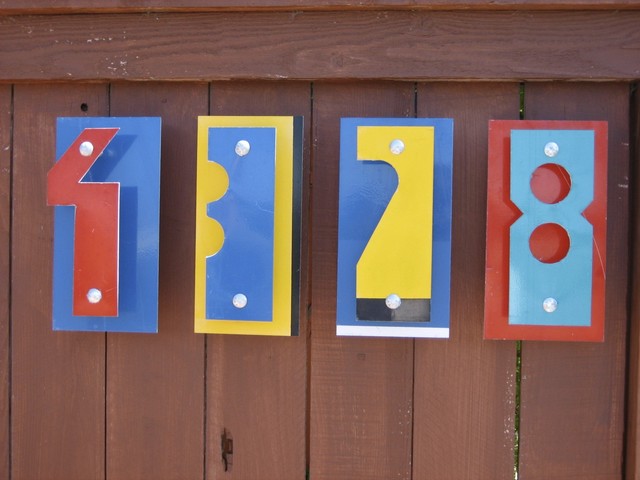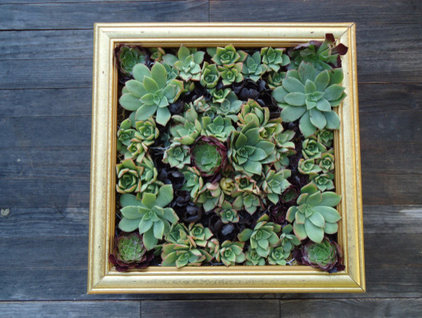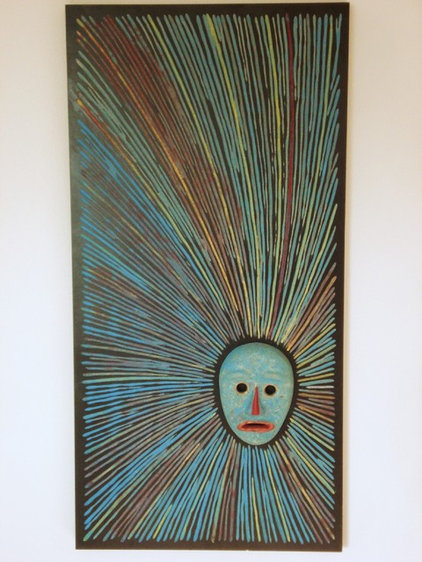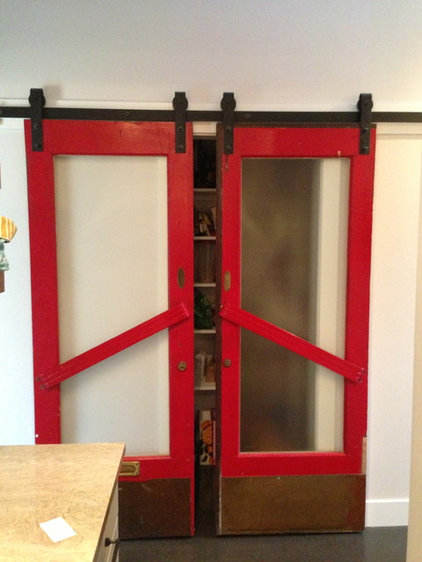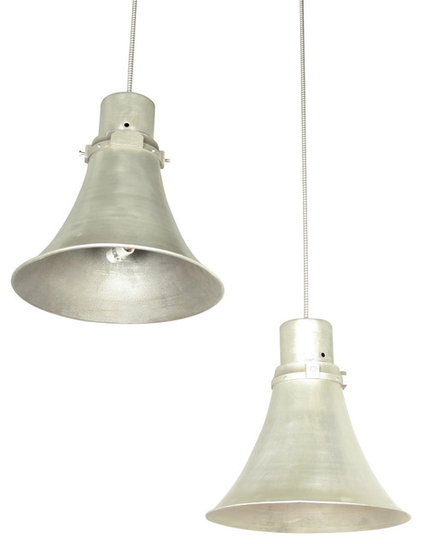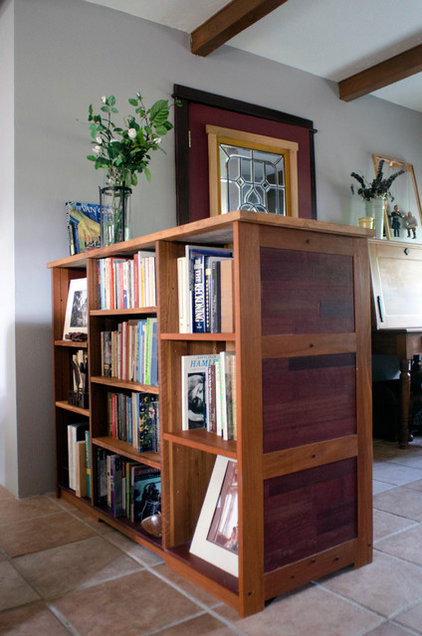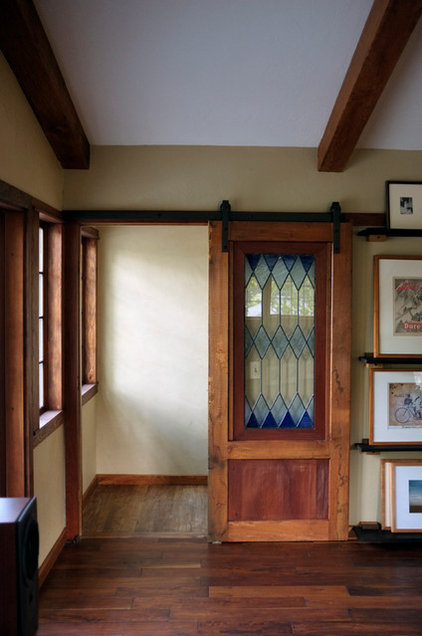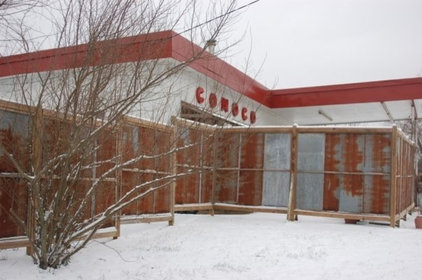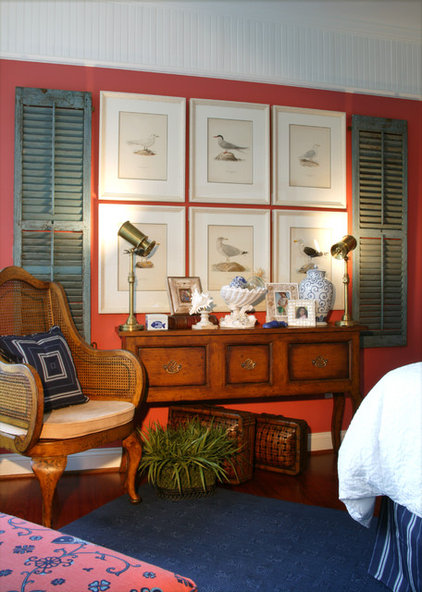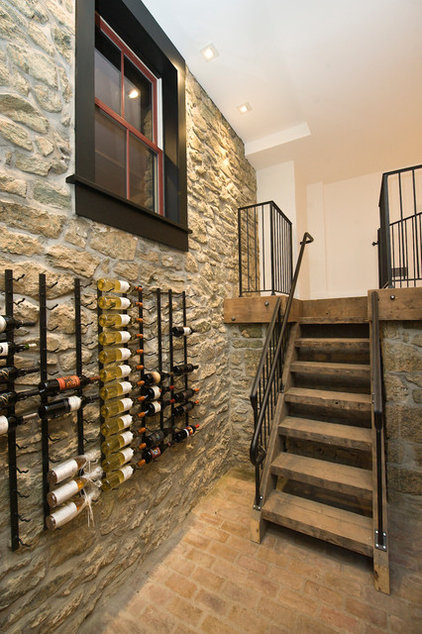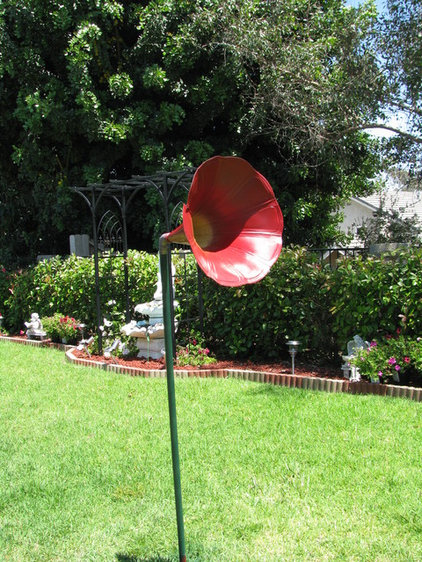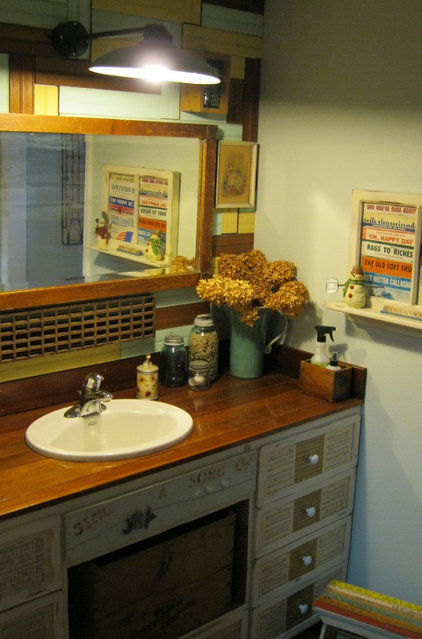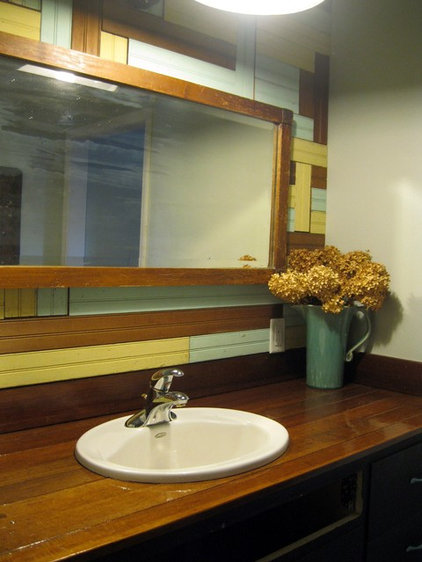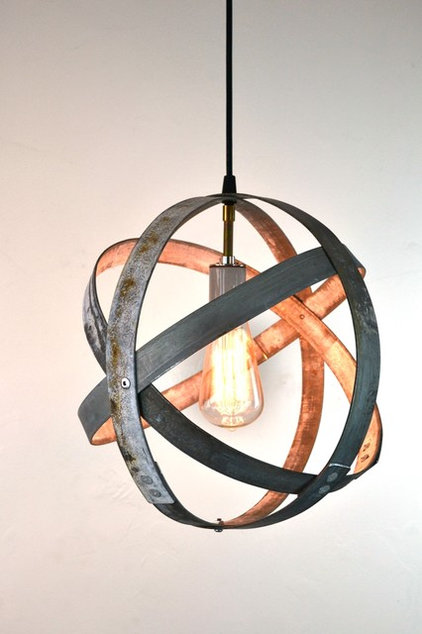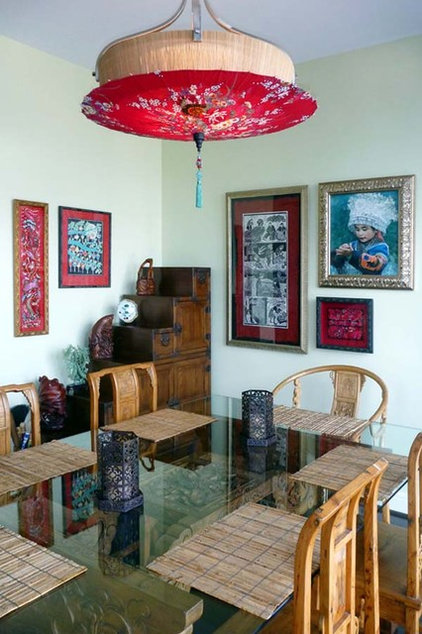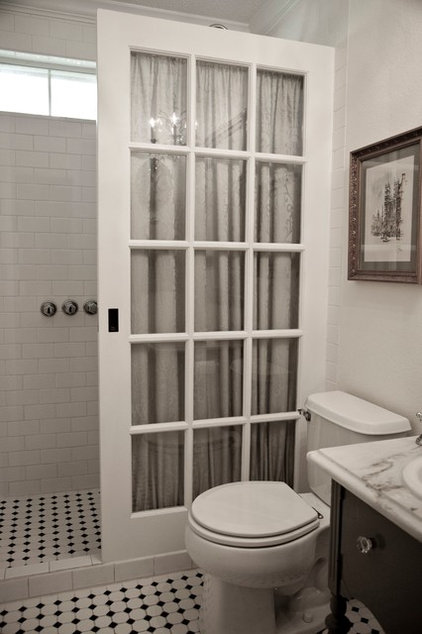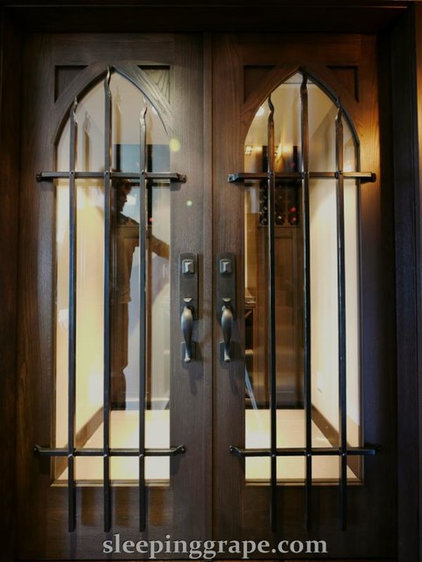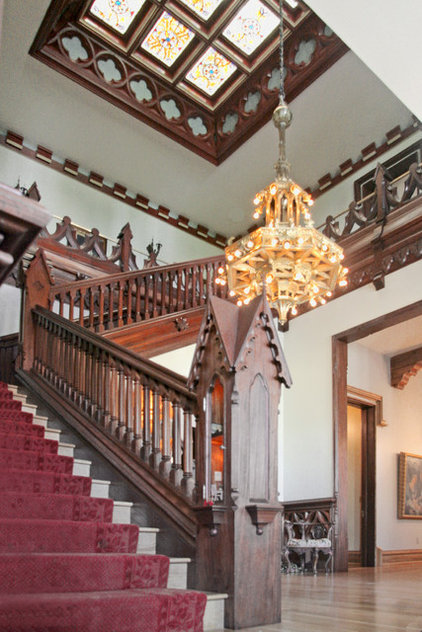Imagine Austin’s 8 Priority Programs
Priority Program 1: Invest In a Compact and Connected Austin
Addressing transportation concerns requires the City of Austin and its partners to look for solutions beyond how we travel and begin dealing with underlying conditions that make it difficult for Austinites to move around the city. To do so, we need to coordinate the physical form of Austin—how it’s organized and how it is built with our transportation. When viewed as a coordinated planning framework, the Growth Concept Map, complete communities concept, Capital Improvement Program, small area and transportation master plans, and incentives for business attraction, retention, and expansion can work together to achieve the goal of a compact, connected Austin that is less car-dependent and more walking, bicycling, and transit-friendly.
Priority Program 2: Sustainably Manage Our Water Resources
Central goals of this priority program are to conserve water resources and improve watershed health, which will require extensive involvement in regional efforts and close coordination across all aspects of Austin’s water resources. Bringing together existing efforts allows us to move forward with integrated strategies that address the range of water resources issues such as supply, quality, conservation, public health, and recreation.
Priority Program 3: Continue to Grow Austin’s Economy by Investing in Our Workforce, Education Systems, Entrepreneurs, and Local Businesses
This priority program seeks to ensure Austin’s continued economic health by developing a widely skilled workforce, recruiting new businesses, retaining and growing existing businesses, and tapping into our entrepreneurial spirit. In particular, this priority program seeks to increase job opportunities for Austin residents and increase small businesses and entrepreneurship.
Priority Program 4: Use Green Infrastructure to Protect Environmentally Sensitive Areas and Integrate Nature Into the City
A primary goal of this priority program is to manage Austin’s urban and natural ecosystems in a coordinated and sustainable manner in part by increasing protection of environmentally sensitive land, improving tree cover in every neighborhood,
improving health of the watershed, increasing access to parks, and linking these resources throughout the city. This program seeks to improve environmental, recreational, and transportation functions and improve the connection between people and the environment.
Priority Program 5: Grow and Invest in Austin’s Creative Economy
Growing and investing in Austin’s creative culture is a cornerstone of the city’s identity, as well as of its economy. The focus is to encourage and support Austin’s live music, festivals, theater, film, digital media, and new creative art forms. In order to support the creative industry, this priority program will include educational and economic programs as well as programs that provide affordable transportation, work space, housing, and healthcare.
Priority Program 6: Develop and Maintain Household Affordability Throughout Austin
Rising housing and related costs are major issues facing Austinites. A comprehensive approach is needed to define and provide household affordability for Austinites. In order to maintain and increase household affordability, this priority program will take into consideration not only household costs such as mortgage, rent, and utilities but also transportation and access to daily and weekly needs as essential and inter-related components of household affordability.
Priority Program 7: Create a Healthy Austin
A Healthy Austin Program will reduce chronic and diet-related diseases and risk factors by coordinating access to community and health services, local and healthy food, physical activity, and tobacco-free living. This priority program seeks to create places where people can easily walk, bike, play, and find nearby healthy food options and healthcare.
Priority Program 8: Revise Austin’s Development Regulations and Processes to Promote a
Compact and Connected City
Austin’s City Charter requires that land development regulations be consistent with the comprehensive plan to promote a compact and connected city that depends less on the car and more on walking, bicycling, and transit to get to our daily needs. Significant revisions to existing regulations will be necessary to fully implement the other priority programs described above. Achieving these goals will require a comprehensive review and revision of the Land Development Code, associated technical and criteria manuals, and administrative procedures.
Want to find our more about how Austin is changing? Contact Austin home group:
Source Austin Board of Realtors

